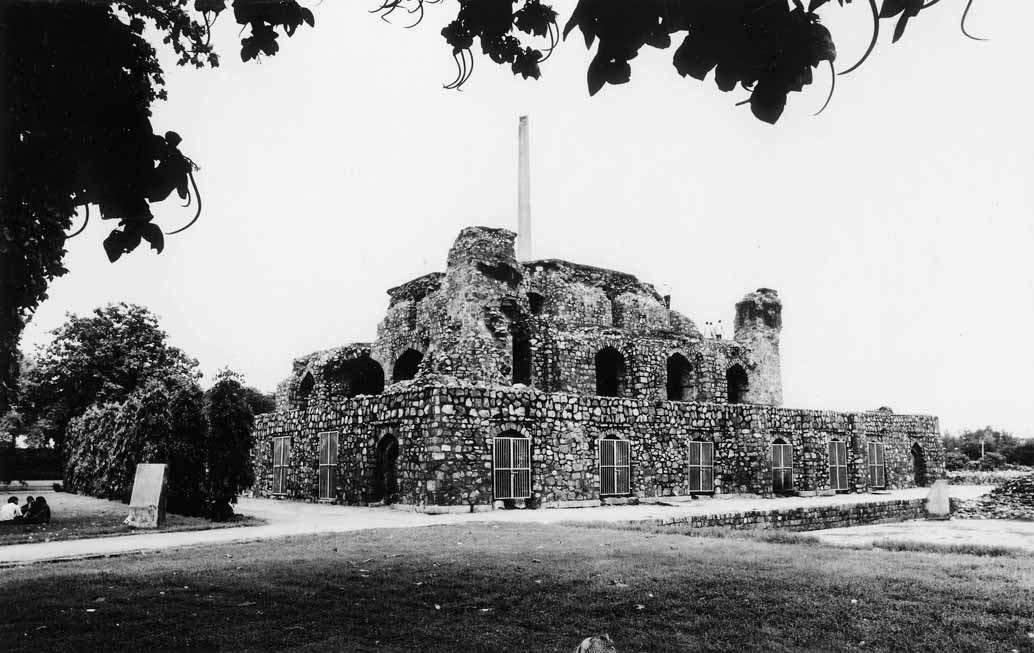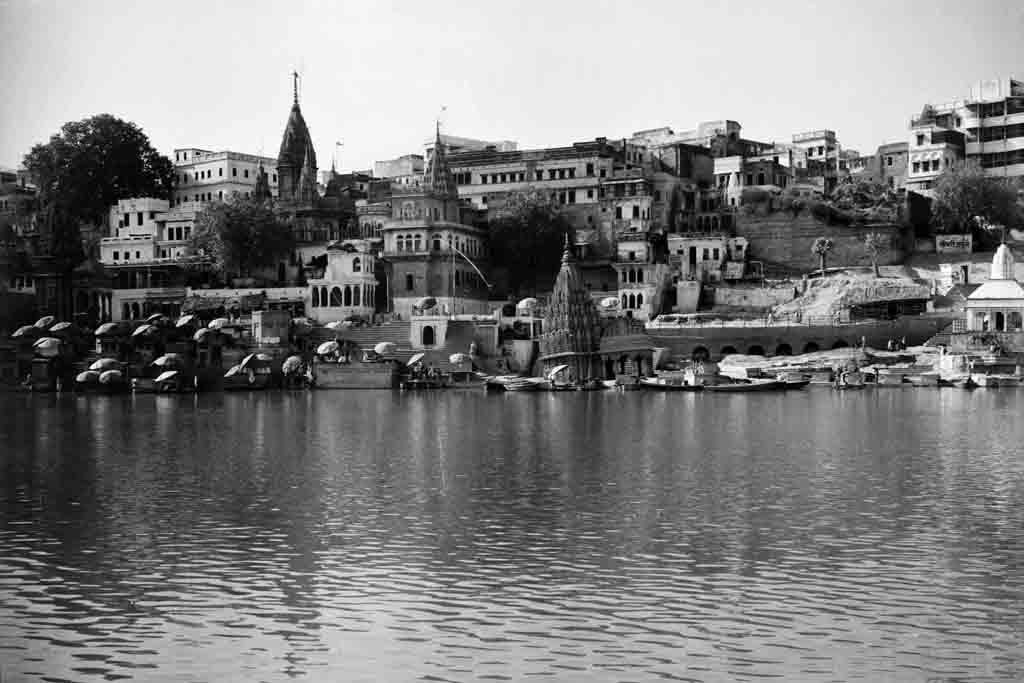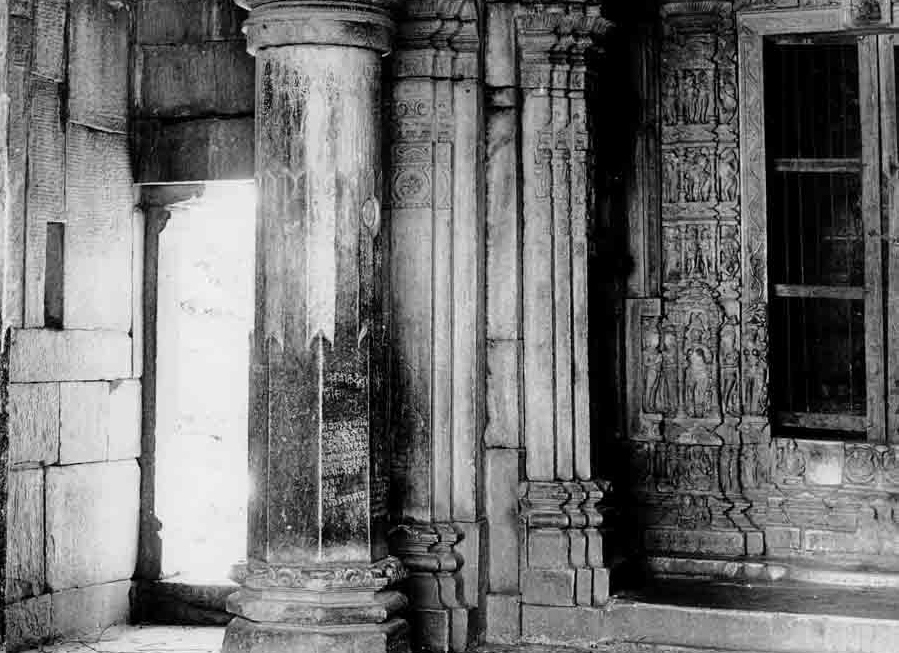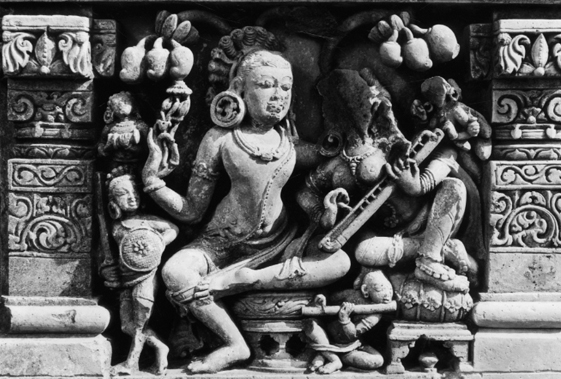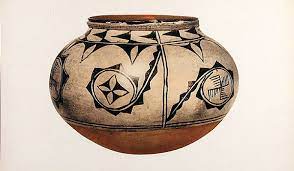| 1 |
Alahakoon, Hector, The later Mauryas 232 B.C. to 180 B.C., New Delhi: Munshiram Manoharlal, 1980. |
| 2 |
Altekar, A. S. and Mishra, Vijayakanta. Report on Kumrahar excavations 1951-1955. Patna: K.P. Jayaswal Research Institute, 1959. |
| 3 |
Banerji Sastri, Anataprasad, Early inscriptions of Bihar and Orissa, Patna: Patna University, 1927. |
| 4 |
Barua, Beni Madhab, Asoka and his inscriptions, Calcutta: New Age Publishers, 1969. |
| 5 |
Beglar, J.D., Report of a tour through the Bengal provinces of Patna, Gaya, Mongir, and Bhagalpur; the Santal Parganas, Manbhum, Singhbhum and Birbhum; Bankura, Ranigang, Bardwan, and Hughli; in 1872-73, Varanasi: Indological Book House, 1966. |
| 6 |
Bhandarkar, D.R., Asoka, Calcutta: University of Calcutta, 1955. |
| 7 |
Bongard-Levin, G.M., Mauryan India, New Delhi: Sterling Publishers, 1985. |
| 8 |
Brajmohan Kumar, Archaeology of Pataliputra and Nalanda, Delhi: Ramanand Vidya Bhawan, 1987. |
| 9 |
Buchanan, Francis and V. H. Jackson, eds., Journal of Francis Buchanan (afterwards Hamilton) kept during the survey of the districts of Patna and Gaya in 1811-1812, Patna: Government Printing, 1925. |
| 10 |
Buchanan, Francis, An account of the districts of Bihar and Patna in 1811-1812, Patna: Bihar and Orissa Research Society, [1936]. 2 Vols. |
| 11 |
Burgess, James. The Buddhist stupas of Amaravati and Jaggayyapeta in the Krishna District, Madras Presidency Surveyed in 1882 with translations of the Asoka inscriptions at Jaugada and Dhauli by Georg Buhler. Varanasi: Indological Book House, 1970. |
| 12 |
Carratelli, Pugliese, tr. Bilingual Graeco Aramaic edict by Asoka: the first Greek Inscription discovered in Afghanistan. Roma: Istituto Italiano per il Medio ed Estremo Oriente, 1964. |
| 13 |
Chakrabarti, Manika, Malwa in Post-Maurya period: a critical study with special emphasis on numismatic evidences, Calcutta: Punthi Pustak, 1981. |
| 14 |
Chattopadhyay, Bhaskar,Kushana state and Indian society: a study in Post-Mauryan polity and society, Calcutta: Punthi Pustak, 1975. |
| 15 |
Chattopadhyaya, Sudhakar, Early history of North India: from the fall of the Mauryas to the death of Harsa c. 200 B.C. - A.D. 650, Calcutta: Progressive Publishers, 1958. |
| 16 |
Cunningham, Alexander, Inscriptions of Asoka, Varanasi: Indological Book House, 1961. V.1 |
| 17 |
Dikshitar, V.R. Ramachandra, The Mauryan polity, Delhi: Motilal Banarsidass, 1993. |
| 18 |
Eggermont, P.H.L., ed., Moral edicts of king Asoka, Leiden: E.J. Brill, 1962. |
| 19 |
Falk, Harry, Asokan sites and artefacts: a source-book with bibliography, Mainz: Von Zabern, 2006. |
| 20 |
Gupta, P.L., Indian silver punchmarked coins, Magadha-Maurya Karshapana series, Nashik: Indian Institute of Research in Numismatic Studies, 1985. |
| 21 |
Gupta, Parameshwari Lal, ed. Patna Museum Catalogue of Antiquities (stone sculptures, metal images, terracottas and minor antiquities), Patna: Patna Museum, 1965. |
| 22 |
Gupta, S.P., The roots of Indian art, Delhi: B.R. Publishing Corporation, 1980. |
| 23 |
Hultzsch, E., Inscriptions of Asoka, Delhi: Indological Book House, 1969. |
| 24 |
Irwin, John, Islam and the Cosmic Pillar, edited by Karen Frifelt and Per Sorensen, South Asian Archacology 1985, London: Curzon Press, 1989, |
| 25 |
Irwin, John, Akbar and the cosmic pillar, Robert Skelton, and Andrew Topsfield, and others, eds. Facets of Indian Art: a symposium held at the Victoria and Albert Museum, London: Victoria and Albert Museum, 1986. |
| 26 |
Jha, Dwijendra Narayan, Revenue system in Post-Maurya and Gupta times, Calcutta: Punthi Pustak, 1967. |
| 27 |
Kant, Shashi, Hathigumpha inscription of Kharavela and the Bhabru edict of Asoka: a critical study, Delhi: Prints India, 1971. |
| 28 |
Konow, Sten, ed., Kharoshthi inscriptions with the exception of those of Asoka, Calcutta: Central Publication Branch, 1929. |
| 29 |
Leidy, Denise Patry, The art of Buddhism: an introduction to its history and meaning, Boston: Shambhala, 2008. |
| 30 |
Luders, H., List of Brahmi inscriptions from the earliest times to about A.D. 400 with the exception of those Asoka, Varanasi: Indological Book House, 1973. |
| 31 |
Mishra, Yogendra, An early history of Vaisali from the earliest times to the fall of the Vajjian republic c. 484 B.C., Delhi: Motilal Banarsidass, 1962. |
| 32 |
Mishra, Yogendra, History of Videha from the earliest times to the foundation of the Gupta Empire A.D. 319, Patna: Janaki Prakashan,1981. |
| 33 |
Mittal, J.P., History of ancient India: a new version, New Delhi: Atlantic, 2006. |
| 34 |
Mookerji, Radha Kumud, Asoka, Delhi: Motilal Banarsidass, 1962. |
| 35 |
Mookerji, Radha Kumud, Chandragupta Maurya and his times, Delhi: Motilal Banarsidass, 1960. |
| 36 |
Mukherjee, B.N., Studies in Aramaic edicts of Asoka, Calcutta: Indian Museum, 1984. |
| 37 |
Murti, G. Srinivasa, tr., Edicts of Asoka (Priyadarsin), Madras: Adyar Library, 1950 |
| 38 |
Nagar, Shanti Lal, Indian monoliths, New Delhi: Intellectual Publishing House, 1992. |
| 39 |
Nikam, N.A., ed., Edicts of Asoka, Bombay: Asia Publishing House, 1962. |
| 40 |
Nilakanta Sastri, K.A. Age of the Nandas and Mauryas, Delhi: Motilal Banarsidass, 1967. |
| 41 |
Norm, Phelps, The great compassion: Buddhism and animal rights, New York: Lantern Books, 2004. |
| 42 |
Ojha, Gaurishankar Hirachand, Asoka kaleen dharmik abhilekh, Delhi: Bhartiya Kala Prakashan, 2002. |
| 43 |
Olivelle, Patrick, Leoshko, Janice, Ray, Himanshu Prabha, eds., Reimagining Asoka: memory and history, New Delhi: Oxford University Press, 2012. |
| 44 |
Pandey, C.B., Mauryan art,Delhi: Bharatiya Vidya Prakashan, 1982. |
| 45 |
Pathak, Vishuddhanand, History of Kosala upto the rise of the Mauryas,Delhi: Motilal Banarsidass, 1963. |
| 46 |
Przyluski, J., The legend of emperor Asoka in Indian and Chinese texts, Calcutta: Firma K.L. Mukhopadhyay, 1967. |
| 47 |
Rastogi, Naresh Prasad, Inscriptions of Asoka, Varanasi: Chowkhamba Sanskrit, Series Office, 1990. |
| 48 |
Ray, Niharranjan, Maurya and Post-Maurya art _ a study in social and formal contrasts, Calcutta: Indian Council of Historical Research, 1975. |
| 49 |
Ray, Niharranjan, Maurya and Sunga Art, Calcutta: Indian Studies Past & Present, 1965. |
| 50 |
Sastri, Nilakanta K.A.,ed. A comprehensive history of India: the Mauryas and Satavahanas, Bombay: Orient Longmans, 1957. V.2 |
| 51 |
Sen, Amulyachandra, Asoka's edicts, Calcutta: Indian Publicity Society, 1956. |
| 52 |
Sharma, R.A., Technology and material life of Central India Chalcolithic period to Mauryan period, Delhi: Agam Kala Prakashan, 1991. |
| 53 |
Singh, Madan Singh, Life in North-Eastern India in Pre-Mauryan timeÍs with special reference to c. 600 B.C. - 325 B.C., Delhi: Motilal Banarsidass, 1967. |
| 54 |
Singh, Mahesh Vikram, Society under the Mauryas, Delhi: Indological Book House, 1989. |
| 55 |
Singh, Satya Narayan, Political ideas and institutions under the Mauryas, Patna: Janaki Prakashan, 1992. |
| 56 |
Sircar, D.C., Inscriptions of Asoka, New Delhi: Publications Division, 1975. |
| 57 |
Smith, Vincent A., Asoka: the Buddhist emperor of India, Delhi: S. Chand, 1964 |
| 58 |
Smith, Vincent A., ed., Edicts of Asoka, New Delhi: Munshiram Manoharlal, 1992. |
| 59 |
Thapar, Romila, Asoka and the decline the Mauryas, London: Oxford University Press, 1963. |
| 60 |
Turner, R.L., The Gavimath and Palkigundu inscriptions of Asoka, Hyderabad: Nizams Government, 1932. |
| 61 |
Upasak, Chandrika Singh, History and palaeography of Mauryan Brahmi script, Patna: Nava Nalanda, 1960. |
| 62 |
Upinder Singh, A history of ancient and early medieval from the Stone Age to the 12th century, New Delhi: Pearson Education, 2008. |
| 63 |
Vallee-Poussin, Louis De La, L'Inde aux temps des Mauryas, Paris: E. De Boccard, 1930. |
| 64 |
Woolner, Alfred, Asoka text and glossary, London: Humphrey Milford, 1924, 2v. |

